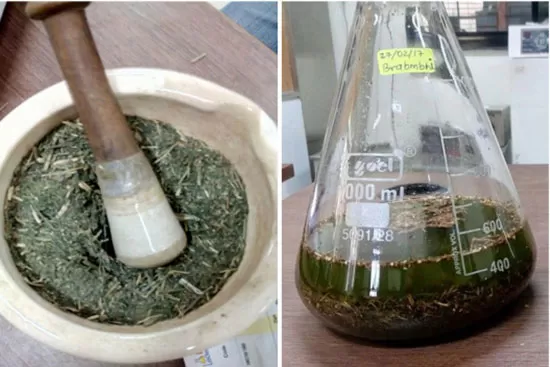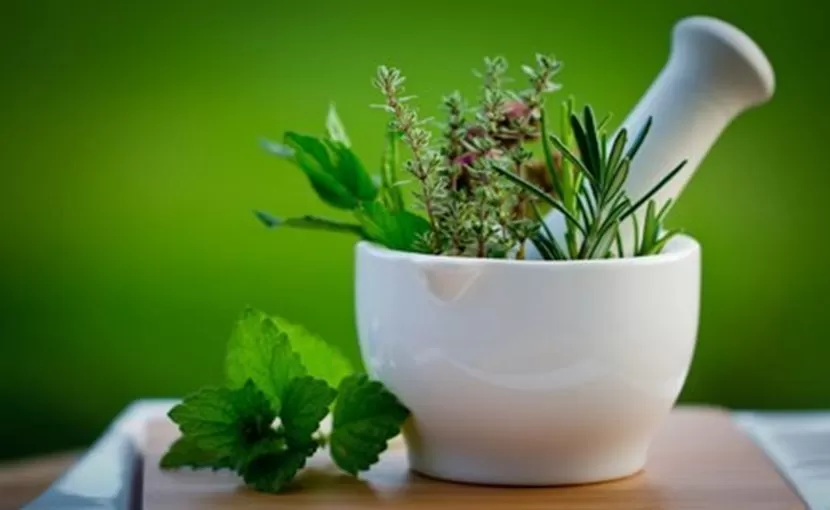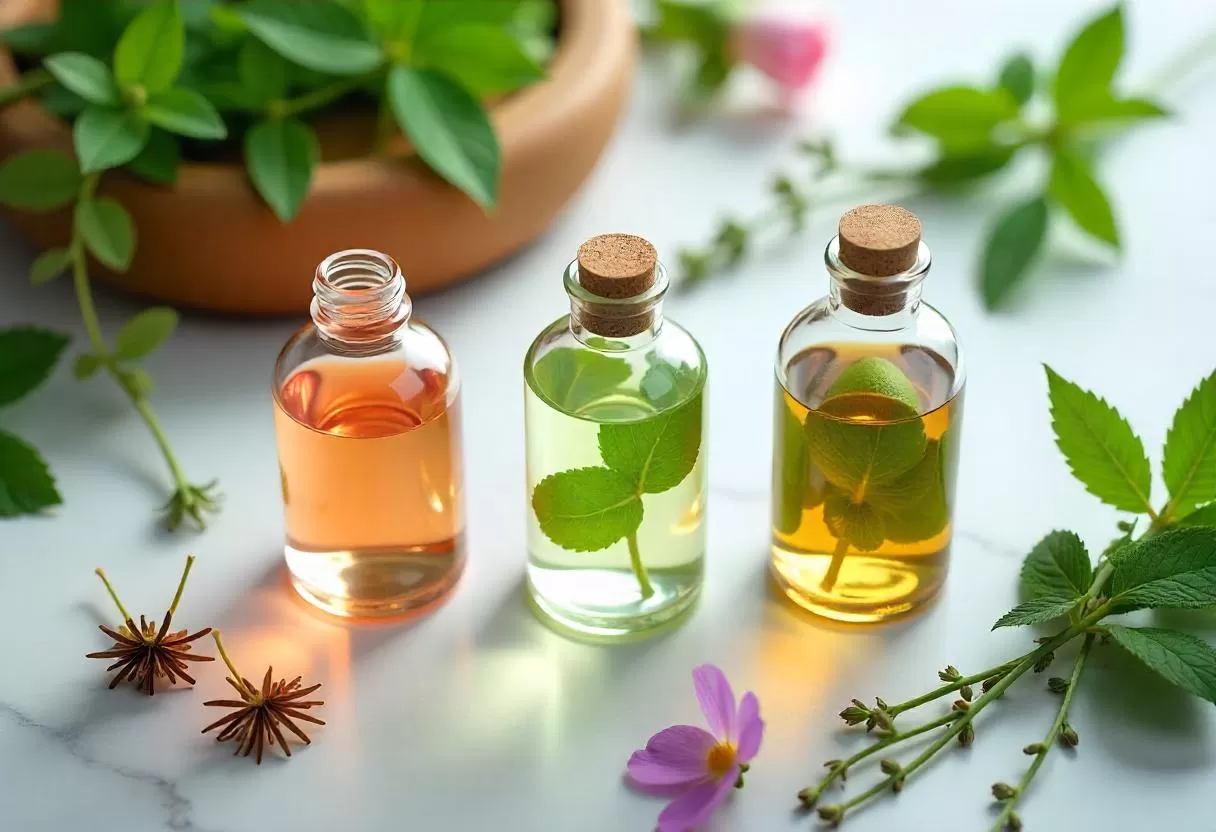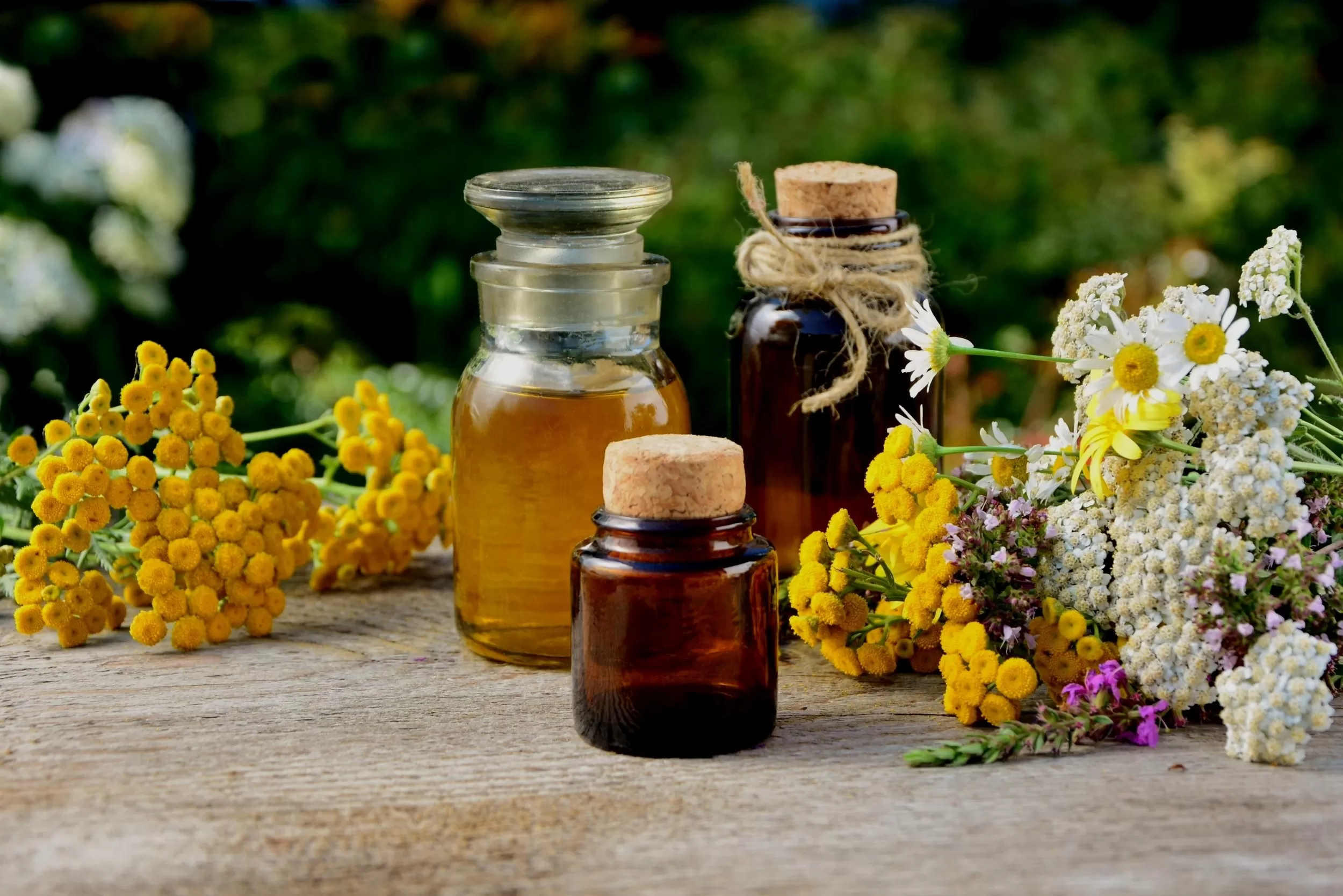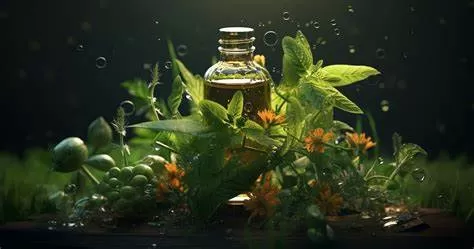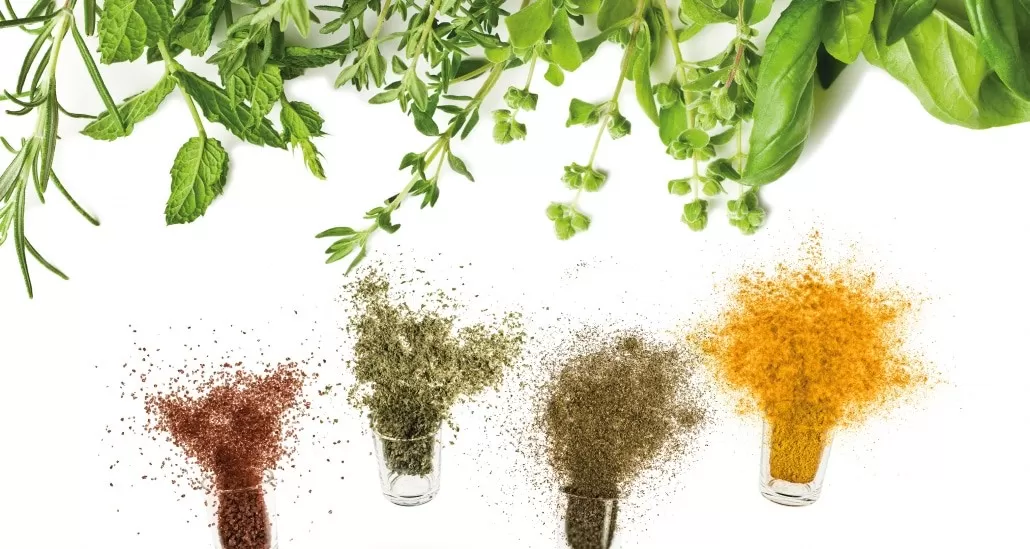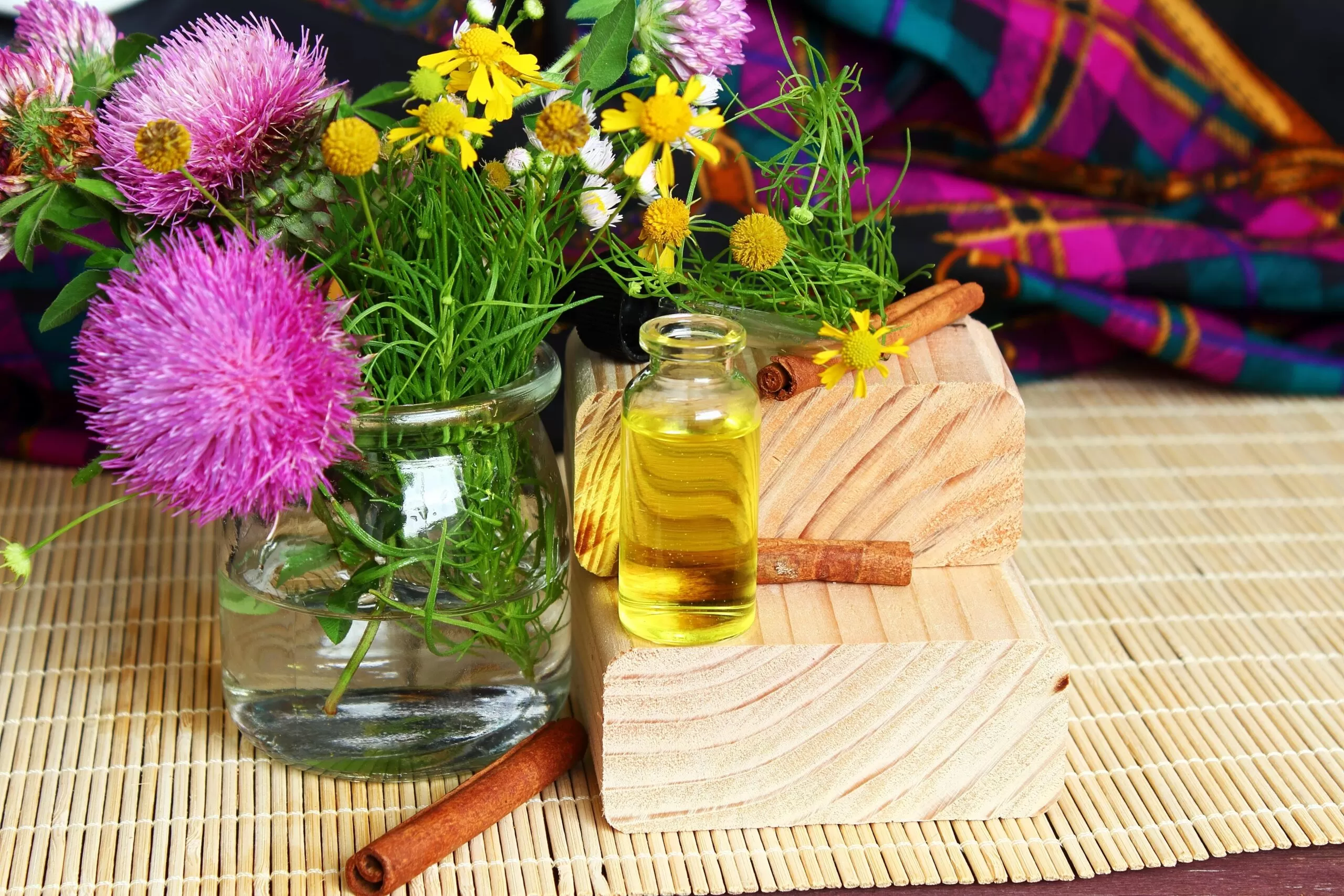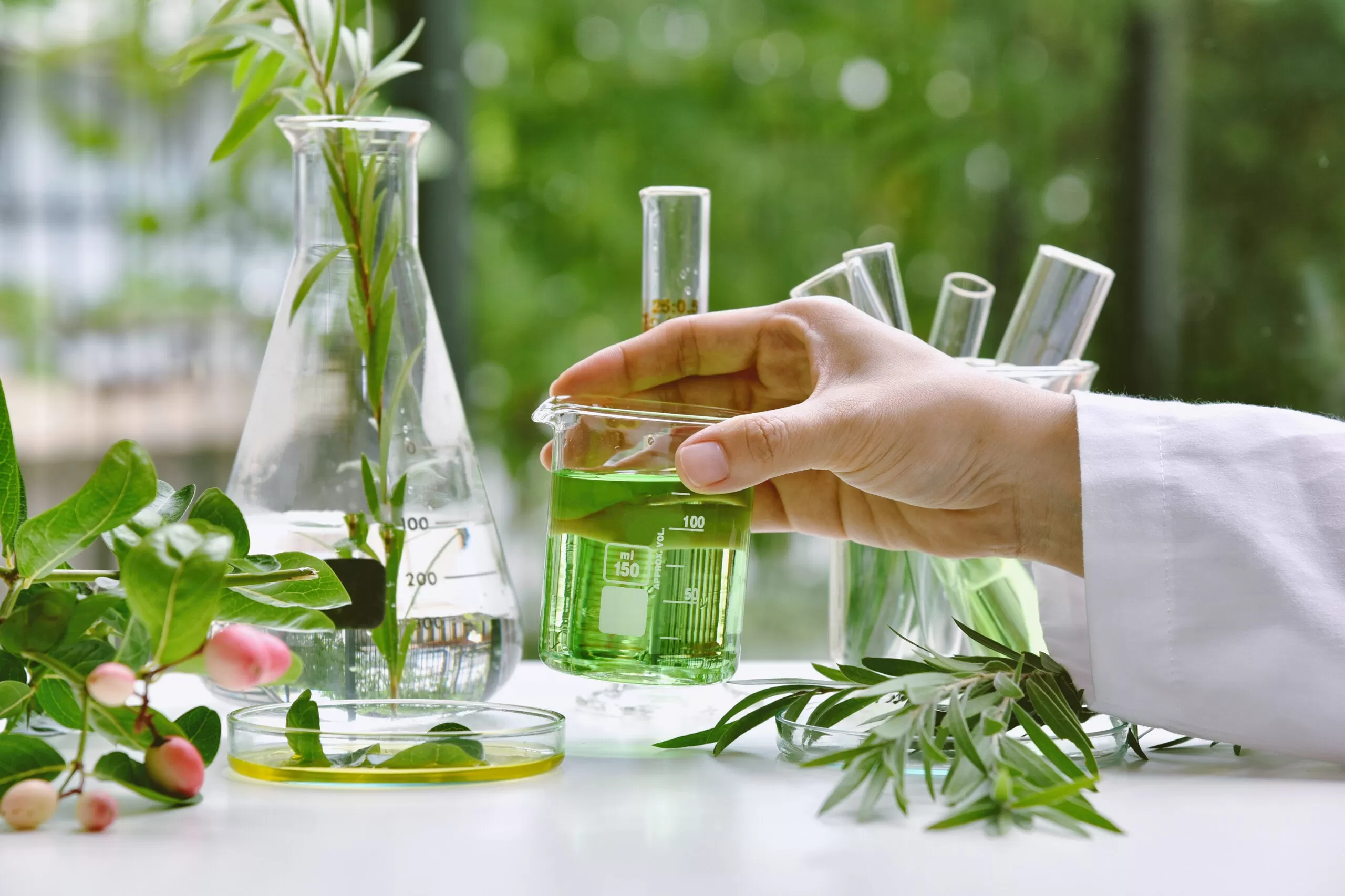- 0086-571-85302990
- sales@greenskybio.com
What Is a Plant Extract? A Deep Dive
2025-03-23
Plant extracts have been a cornerstone of natural medicine and practical applications for centuries, offering therapeutic benefits through concentrated forms of active compounds found in botanical sources. As interest in natural and holistic health solutions grows, plant extracts continue to attract attention for their diverse uses ranging from supplements and cosmetics to pharmaceuticals and food additives. Understanding what a plant extract is and how it is produced can empower consumers and businesses to make informed choices about incorporating these products into their wellness and manufacturing routines. This article explores what plant extracts are, their methods of extraction, and the vital role they play across various industries.
Defining Plant Extracts
A plant extract is a substance derived from a plant, concentrated into a form that captures its active ingredients, facilitating their use for therapeutic, flavoring, fragrancing, or other functional purposes. The desired compounds include alkaloids, flavonoids, tannins, essential oils, vitamins, and minerals. Extracts provide a means to harness the beneficial properties of plants in a potent form, often eliminating unnecessary bulk or fibrous material found in the whole plant.
The extraction process serves to maximize the yield of these compounds, ensuring that the resulting product retains their desired qualities while removing excess plant material. Plant extracts can come in various forms, including liquid, powder, or semi-solid, depending on the intended application and method of extraction.
Methods of Extraction
Plant extracts are produced using various extraction techniques, chosen based on the chemical properties of the desired compounds, the plant material, and the intended use of the extract. Common methods include:
1. Solvent Extraction: This method uses solvents like water, ethanol, methanol, hexane, or acetone to dissolve plant materials and isolate active compounds. Solvent extraction is versatile and can be adjusted to target specific groups of compounds based on their solubility. The choice of solvent affects the safety and final application, with ethanol extraction praised for its safety in consumable products like supplements and flavorings.
2. Cold Pressing: Often used for oil extraction from seeds and fruits, cold pressing mechanically compresses the plant matter to extract oils without heat, preserving sensitive volatile compounds. This method is ideal for creating essential oils and extracts with minimal alteration in their natural scent and flavor profile.
3. Steam Distillation: This technique involves passing steam through plant material to vaporize volatile compounds, collected after condensation of the steam. Steam distillation is frequently applied in the production of essential oils, offering high yields of aromatic compounds suited for cosmetics and fragrance formulation.
4. Supercritical CO2 Extraction: Utilizing carbon dioxide under high pressure and temperature, this method works well for extracting caffeine, flavors, and essential oils with high purity. The absence of chemical solvents makes it a preferred choice for sensitive applications, such as food and beverage processing.
5. Maceration and Infusion: Simple methods for extracting water-soluble compounds involve soaking plant materials in water or other organic liquids to allow dissolution. Maceration is common in herbal medicine preparation, where herbs are soaked for extended periods to obtain rich extracts.
Applications Across Industries
Plant extracts benefit a wide range of industries, their versatility making them indispensable assets to health and commercial products:
1. Pharmaceuticals: Extracts are used as raw materials for drug development, leveraging their active compounds for therapeutic purposes. Examples include digitalis extract used for heart medications and artemisinin derived from Artemisia annua for malaria treatment.
2. Dietary Supplements: Botanicals are transformed into concentrated forms as supplements, offering health benefits such as immune support, antioxidant protection, and digestive aid. Popular extracts include ginseng, echinacea, and turmeric.
3. Cosmetics and Personal Care: Active plant-derived ingredients enrich skincare and personal care formulations. Extracts such as aloe vera and chamomile provide soothing and hydrating effects, while Green Tea Extract offers antioxidant properties for skin protection.
4. Food and Beverage: Flavorful extracts enhance culinary products, imparting the essence of botanicals into foods and drinks. These include vanilla extract, mint extract, and citrus oils.
5. Fragrance: Botanical extracts form the backbone of the fragrance industry, captured for their aromatic compounds to create perfumes and scented products, leveraging essential oils like lavender and rose.
Safety and Quality Considerations
When selecting plant extracts, it's essential to evaluate their safety and quality. Consumers should prioritize:
1. Purity: Ensure extracts are free from contaminants, pesticides, and pollutants. High-quality products often undergo rigorous testing and certification to verify purity.
2. Origin: Knowing the source and processing of extracts can help guarantee transparency and quality. Sustainable and ethically produced extracts align with responsible consumption practices.
3. Standardization: Look for standardized extracts with consistent concentrations of active compounds across batches, ensuring efficacy and reliability.
4. Regulations: Adherence to industry standards and regulations guarantees safe use, particularly for consumable extracts. Checking for approved certifications can offer peace of mind.
Conclusion
Plant extracts provide concentrated and potent forms of botanical compounds, offering a wealth of benefits across various applications. As industries embrace natural solutions, understanding the processes and applications of plant extracts is vital for optimizing their inclusion in products or personal health regimens. With responsible sourcing and consumption practices, plant extracts can be a valuable component of comprehensive wellness strategies and innovative product designs, celebrating the rich legacy and potential of botanical resources.
- ▶ Hesperidin
- ▶ citrus bioflavonoids
- ▶ plant extract
- ▶ lycopene
- ▶ Diosmin
- ▶ Grape seed extract
- ▶ Sea buckthorn Juice Powder
- ▶ Beetroot powder
- ▶ Hops Extract
- ▶ Artichoke Extract
- ▶ Reishi mushroom extract
- ▶ Astaxanthin
- ▶ Green Tea Extract
- ▶ Curcumin Extract
- ▶ Horse Chestnut Extract
- ▶ Other Problems
- ▶ Boswellia Serrata Extract
- ▶ Resveratrol Extract
- ▶ Marigold Extract
- ▶ Grape Leaf Extract
- ▶ blog3
- ▶ blog4
- ▶ blog5
-
What are extracts made of?
2025-03-23
-
Extract Usage: A Comprehensive Guide
2025-03-23
-
Are plant extracts good for you?
2025-03-23
-
What are plant-based extracts?
2025-03-23
-
Genistein
2025-03-23
-
Phyllanthus Emblica Extract
2025-03-23
-
Soy Extract
2025-03-23
-
Mulberry leaf Extract
2025-03-23
-
Giant Knotweed Extract
2025-03-23
-
Astaxanthin
2025-03-23
-
Saponin Extract
2025-03-23
-
Senna Leaf Extract
2025-03-23
-
Yohimbine Bark Extract
2025-03-23
-
Sea buckthorn Juice Powder
2025-03-23











